Where will the UK get its seafood in future?
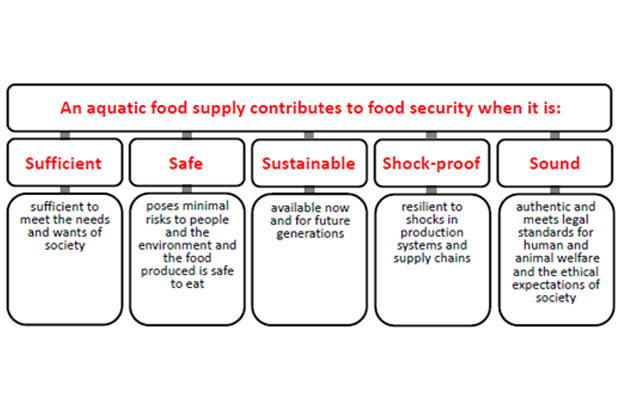
Millions of people enjoy seafood. But achieving food security remains a significant and ongoing challenge for society.

Millions of people enjoy seafood. But achieving food security remains a significant and ongoing challenge for society.
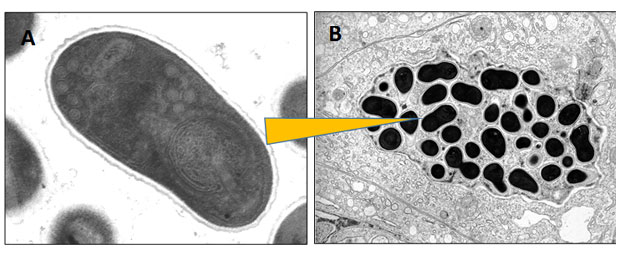
A highly opportunistic group of parasites called microsporidians can live within the cells of a wide range of host organisms - including humans.
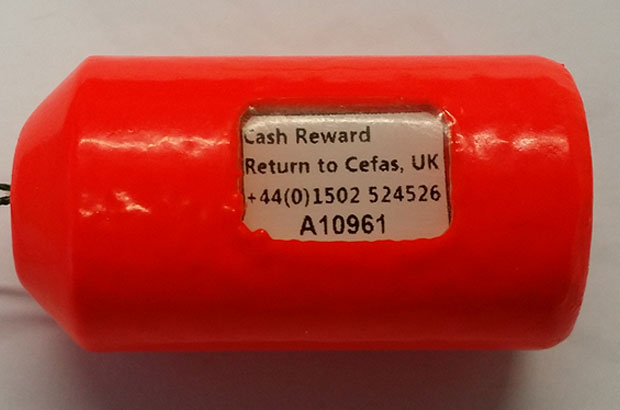
My last post described how both the UK (Cefas) and France (Ifremer) have been tagging sea bass with electronic data storage tags (DSTs). We’re doing this to learn about their behaviour and migration patterns.

...to predictable fisheries discards Carp edema virus/koi sleepy disease: An emerging disease in central-east Europe Evaluating conservation and fisheries management strategies by linking spatial prioritization software and ecosystem and fisheries...
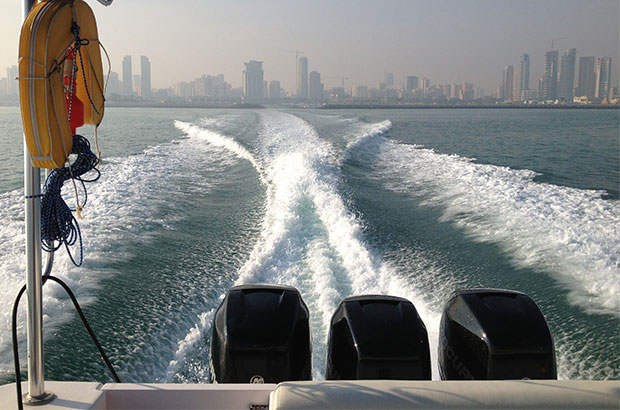
...the uptake and accumulation of chemical contaminants in teleost fish and sharks sampled from Kuwait Bay. Significantly, levels of metal contamination in the extremely rare smoothtooth blacktip shark (Carcharhinus leidon)...
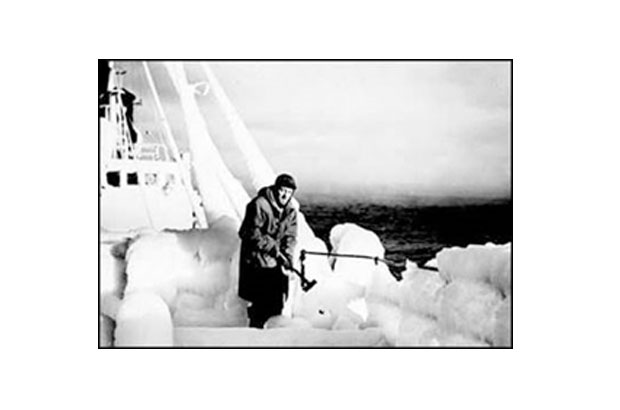
In a series of blog posts we will be showcasing some of the science recently published by Cefas scientists.
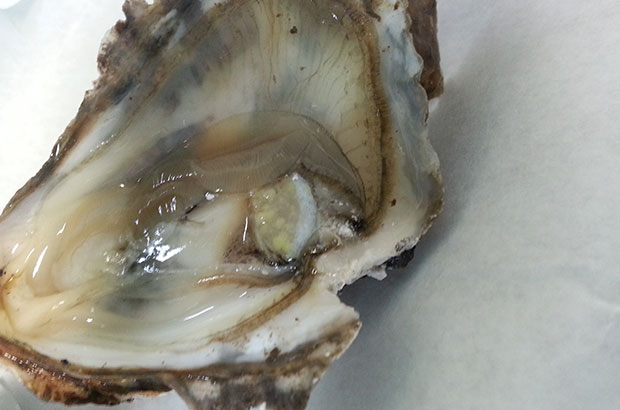
We've seen many shellfish disease events in 2013 and 2014, and below is a summary listed by species.
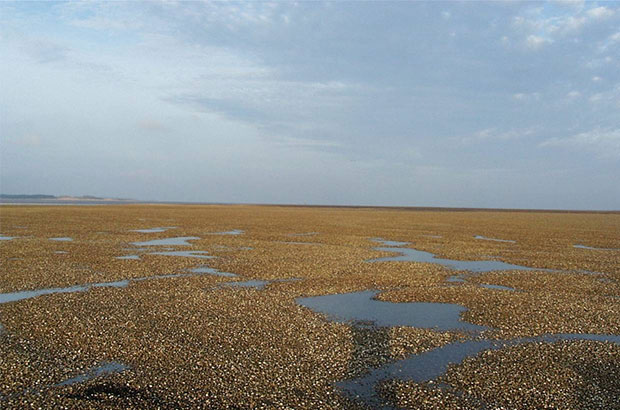
Mortalities in populations of edible cockles (Cerastoderma edule) have been reported across Europe in the past two decades from Spain, Portugal, France, Sweden and the Wadden Sea. Why are they happening?
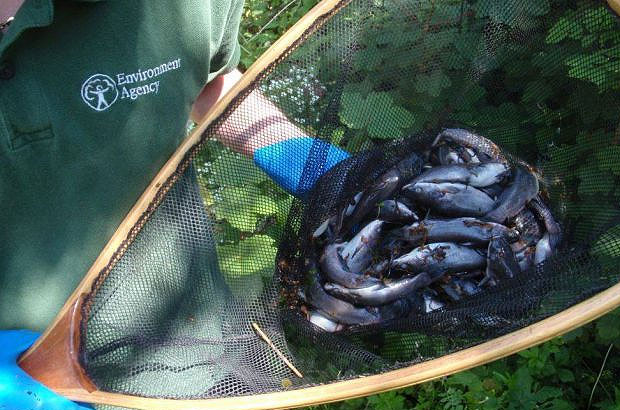
The Environment Agency (EA) National Fisheries Services are leading the way in the UK developing tools and techniques to contain, control and eradicate high risk invasive non-native fish species.

The Pacific oyster is a popular aquaculture species, and I'm monitoring its distribution in Southampton and Poole.